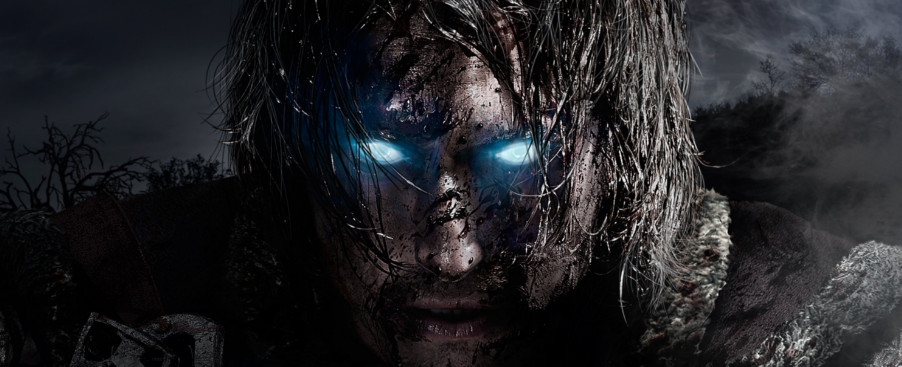Middle-earth: Shadow of Mordor Postmortem
-
Category: News ArchiveHits: 1868

Monolith Productions design director Michael de Plater has penned a two-page postmortem for Middle-earth: Shadow of Mordor, taking us through what he feels went right with the action RPG during its development, as well as what went wrong. An example of each:
2. Core Gameplay and Controls
We were determined to innovate our systems and AI. It was critical that the core gameplay, the controls and the camera supported the players intention at all times. We aimed for controls to be immediately accessible, if not (pick up and play,) given the depth of options for melee, stealth, ranged and movement gameplay.
Our goal was to match the (best in class) core gameplay quality of the genre we were entering, which we clearly identified as the Arkham series by Rocksteady. Arkham is also published by Warner Bros. Interactive Entertainment and we wanted players to perceive that we were trying to emulate their approach to a licensed IP by focusing on quality, independent of the blockbuster movies which are coming out in parallel.
Having said that, it's one thing to aim to model your combat on Arkham and quite another thing to execute on that intention. The core component of the success was the close collaboration of Design and Animation as well as our in house MoCap facilities. That allowed us to have a continuous and fast iteration process on every move in the game.
Between the player animations and the variety of classes, abilities and moves in the Nemesis System this was a hugely challenging task. What we learned was that seemingly trivial changes to animation or timing can have enormous implications on gameplay and balance.
...
3. Nemesis System Churn
The Nemesis System started with a fairly simple idea of personal villains, then during pre-production, it went through quite a bit of feature creep which made it significantly more complex and took it further away from the core promise.
For example at one point we had multiple Uruk Factions with separate bars for Morale and Discipline, each Captain influenced these Bars and their state determined the behavior of the Orcs in combat as well as emergent missions. At this point, their Hierarchy UI looked somewhat like a Christmas tree.
Then as we play tested and refined the gameplay, we progressively returned to something closer to the original focus, but with some key improvements based on the systems we had created under the hood. Having said that, some strong features did come out of the exploration, in particular the Domination feature and the ability to create your own followers and directly control how the Uruks turn against each other.
This was an improvement and evolution over the original vision which was closer to Sam and Frodo's experience in Cirith Ungol, where interrogation did not have any magical properties and you were turning your enemies against each other. The final game is closer to the idea of the power of the One Ring where you are directly controlling your Enemies.

